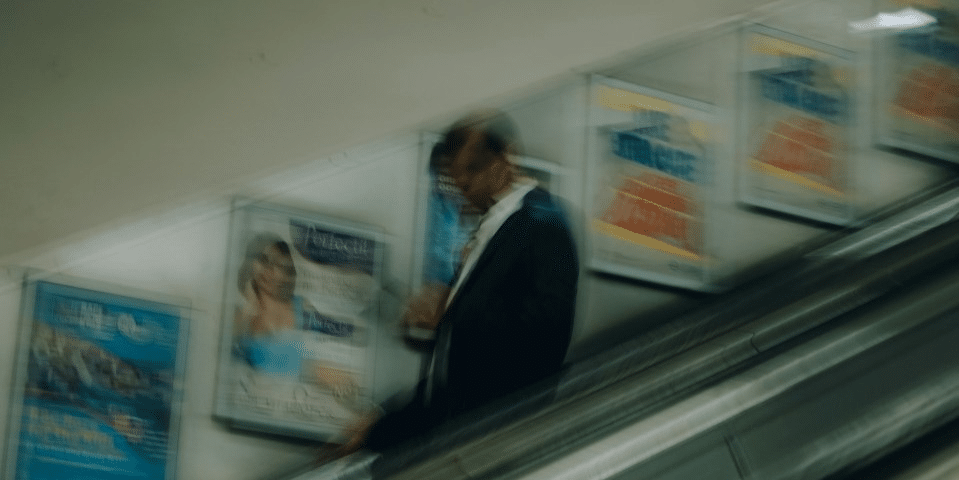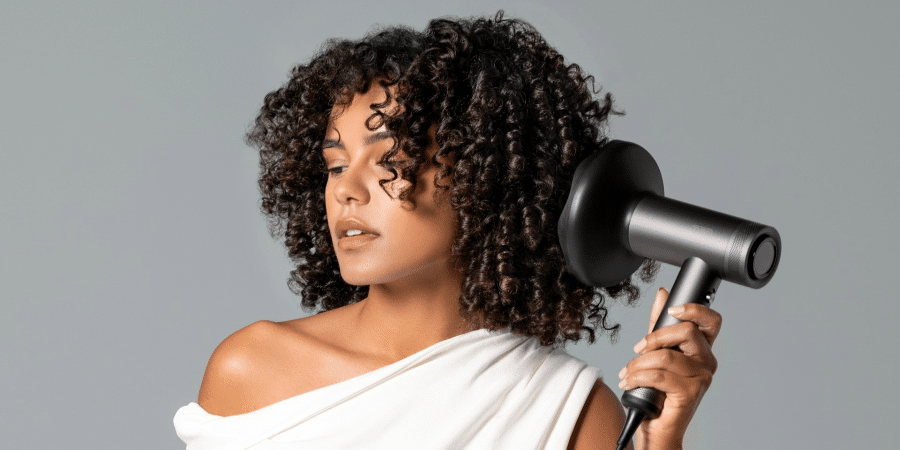Shutter speed is a fundamental aspect of photography and filmmaking, dictating how motion is captured and portrayed on screen. In movies, shutter speed plays a crucial role in determining the look and feel of a scene, affecting everything from the clarity of fast-moving action sequences to the mood and atmosphere of dramatic moments. In this article, we’ll delve into the importance of shutter speed in filmmaking and how it is used to create dynamic and visually engaging movies.
1. Understanding Shutter Speed
Before we dive into its role in filmmaking, let’s first understand what shutter speed is. In simple terms, shutter speed refers to the amount of time the camera’s shutter remains open when taking a photograph or capturing video. It is typically measured in fractions of a second, such as 1/60, 1/125, or 1/1000, with faster shutter speeds allowing for shorter exposure times and slower shutter speeds resulting in longer exposure times.
2. Capturing Motion
One of the primary functions of shutter speed in filmmaking is to capture motion accurately and effectively. By adjusting the shutter speed, filmmakers can control how motion is portrayed on screen, whether they want to freeze fast-moving action or create a sense of motion blur. For example, a fast shutter speed of 1/1000 or higher is often used to freeze fast-paced action sequences, such as car chases or fight scenes, allowing for crisp and clear images even in the midst of intense movement.
3. Conveying Mood and Atmosphere
In addition to capturing motion, shutter speed can also be used to convey mood and atmosphere in a scene. Slower shutter speeds, such as 1/30 or 1/15, can create a sense of motion blur, adding a dreamy or surreal quality to the visuals. This technique is often used in romantic or dramatic scenes to evoke a sense of intimacy or emotional depth. Conversely, faster shutter speeds can create a sense of urgency or tension, heightening the intensity of action-packed sequences or suspenseful moments.
4. Achieving Creative Effects
Shutter speed can also be used creatively to achieve specific visual effects and enhance the storytelling process. For example, long exposure techniques, which involve using a slow shutter speed and keeping the camera stationary, can create striking visual effects such as light trails or motion streaks. This technique is often used in sci-fi or fantasy films to create otherworldly and immersive environments. Similarly, fast shutter speeds can be used to capture fleeting moments with precision and clarity, allowing filmmakers to highlight specific details or moments of significance in a scene.
5. Adapting to Lighting Conditions
Another important consideration when using shutter speed in filmmaking is its role in adapting to different lighting conditions. In bright outdoor environments, faster shutter speeds may be necessary to avoid overexposure and maintain proper exposure levels. Conversely, in low-light situations, slower shutter speeds may be required to allow more light to reach the camera’s sensor and produce a properly exposed image. By adjusting the shutter speed accordingly, filmmakers can ensure that their scenes are well-lit and visually appealing, regardless of the lighting conditions.
6. Enhancing Cinematic Techniques
Shutter speed is also an essential tool in enhancing various cinematic techniques, such as slow-motion or time-lapse photography. Slow-motion sequences, which involve capturing footage at a higher frame rate and then playing it back at a standard frame rate, can create dramatic and visually stunning effects that accentuate the beauty and complexity of motion. Time-lapse photography, on the other hand, involves capturing a series of still images at set intervals over a period of time and then stitching them together to create a compressed representation of time passing. By adjusting the shutter speed and frame rate, filmmakers can achieve these cinematic techniques with precision and control, adding depth and visual interest to their films.
The Underrated Use of Shutter Speed
Shutter speed is a fundamental aspect of filmmaking that plays a crucial role in capturing motion, conveying mood and atmosphere, achieving creative effects, adapting to lighting conditions, and enhancing cinematic techniques. By understanding how shutter speed works and how it can be manipulated to achieve specific visual goals, filmmakers can unlock new creative possibilities and bring their stories to life on screen in dynamic and visually engaging ways. Whether freezing fast-paced action, creating dreamy atmospheres, or experimenting with innovative visual effects, shutter speed is an invaluable tool in the filmmaker’s arsenal, allowing for endless creativity and expression in the world of cinema.






